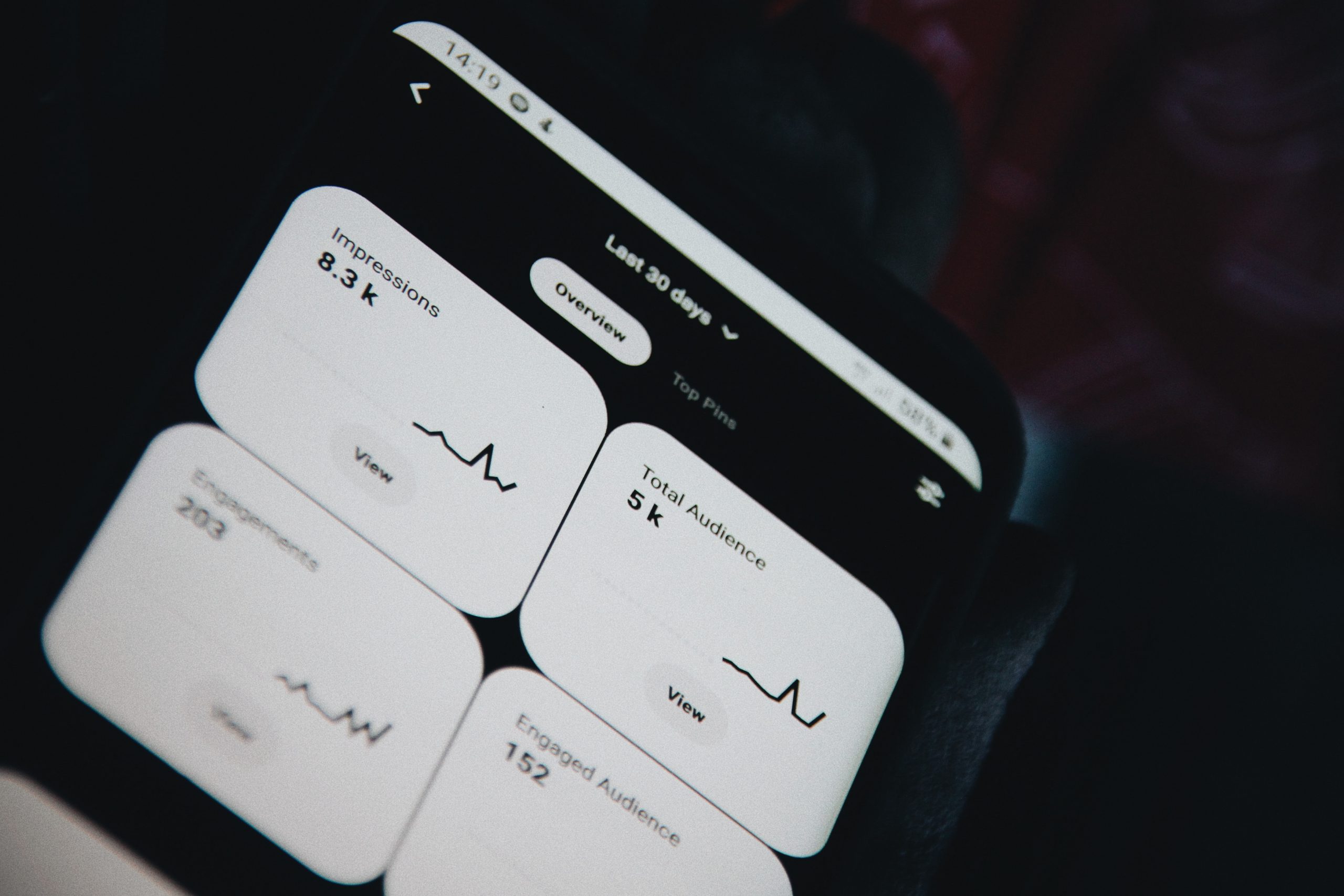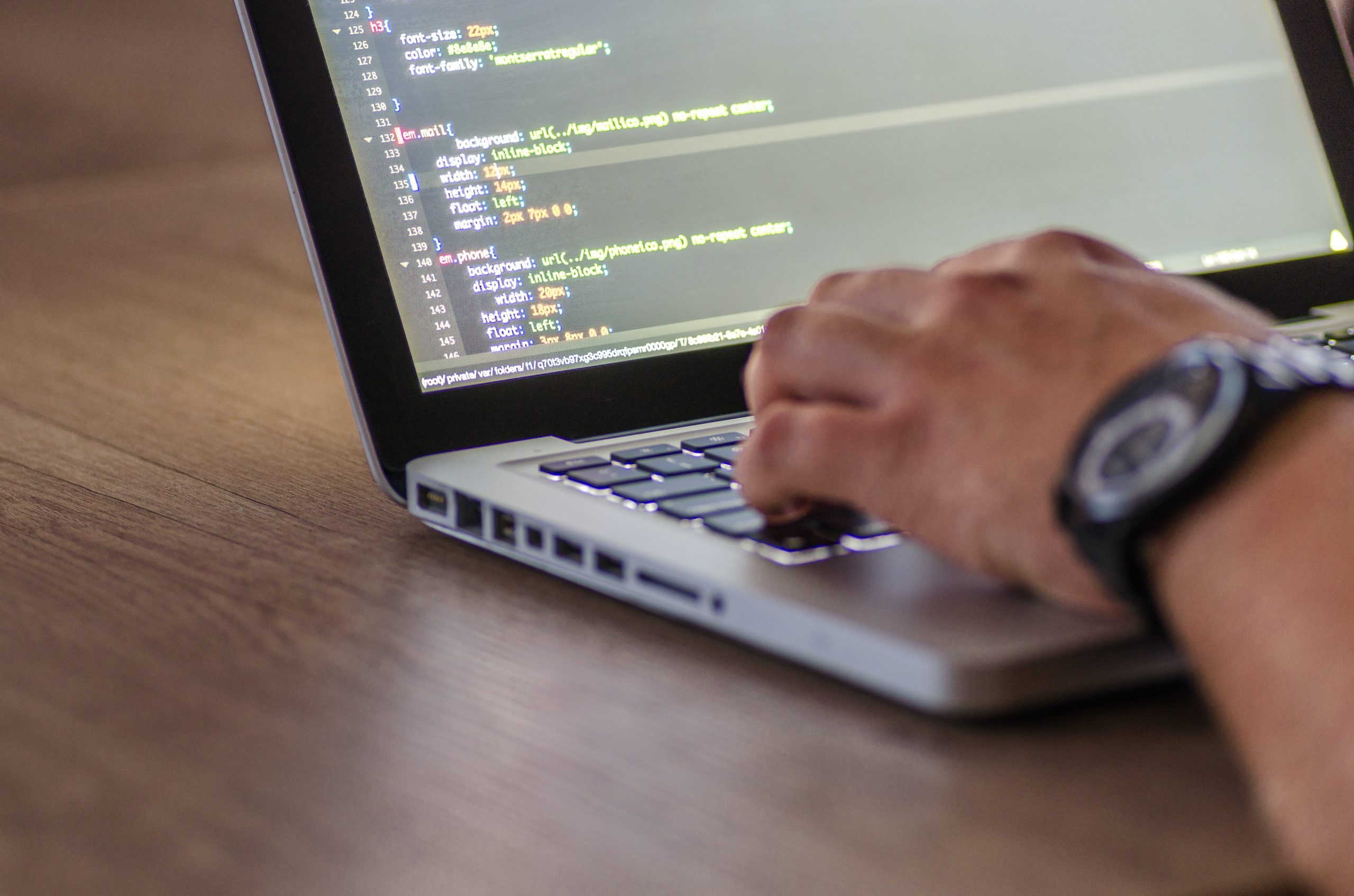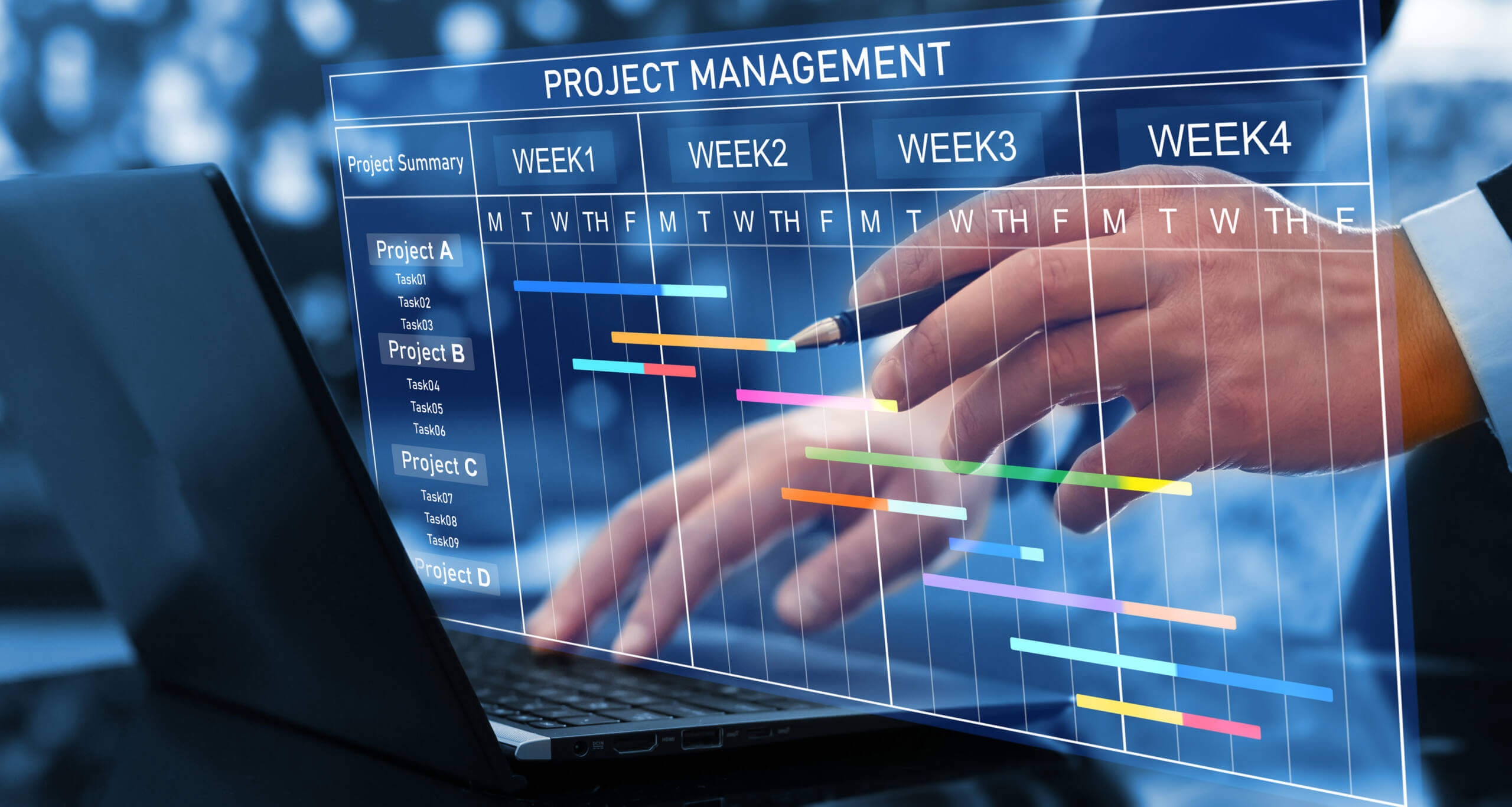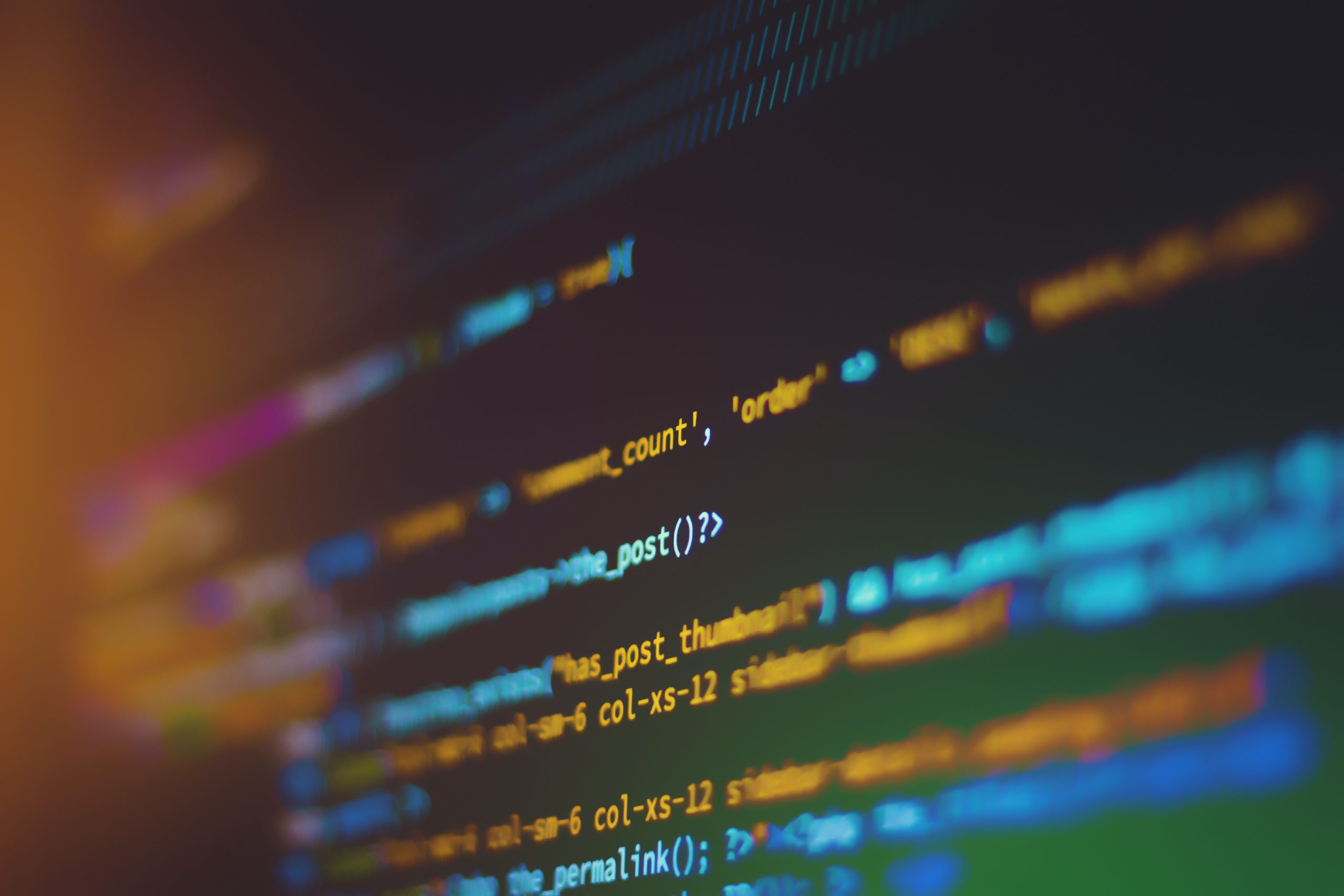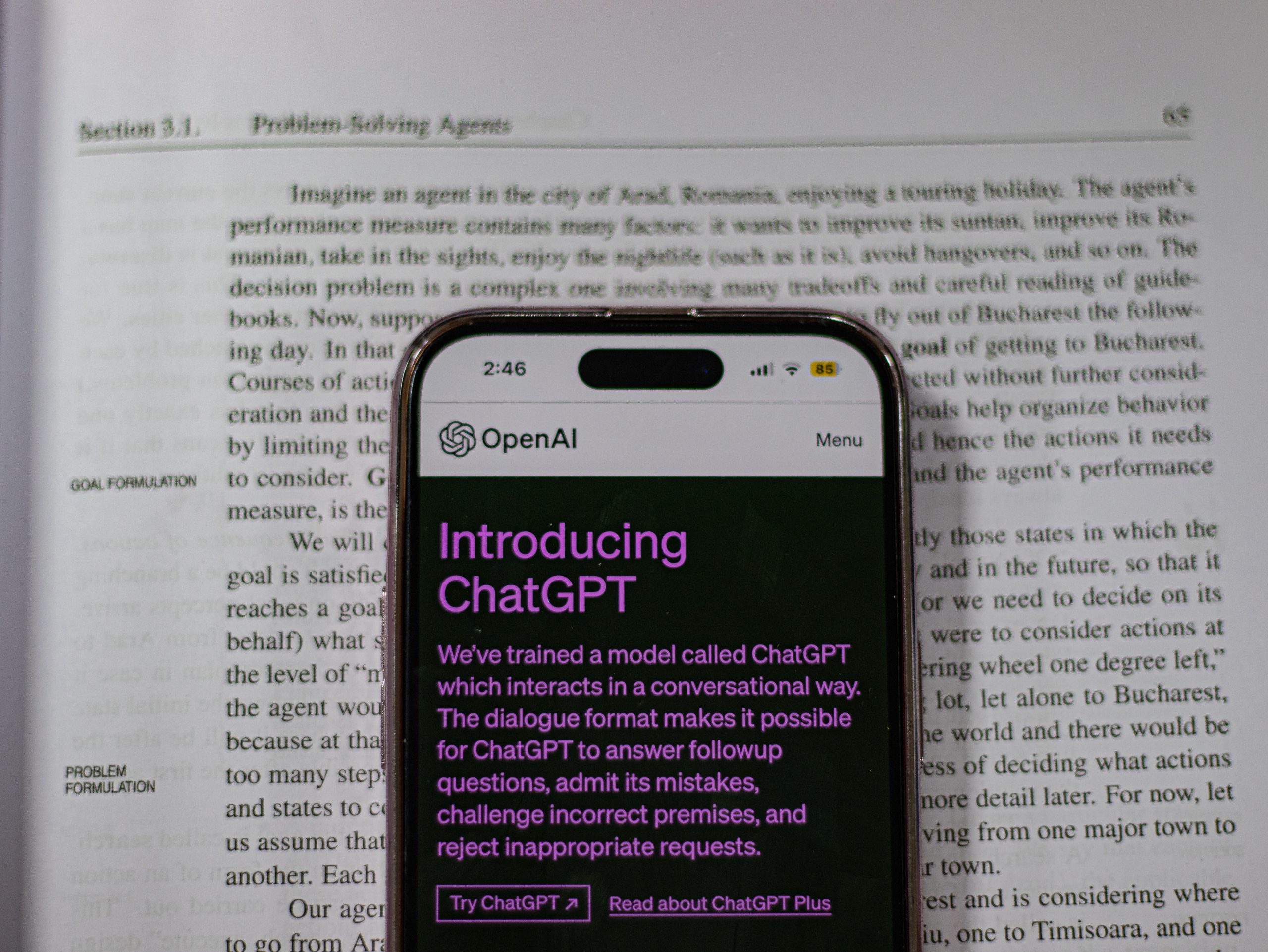We at WeSoftYou understand the importance of personal budgeting in managing finances effectively. With the rise of mobile technology, personal budgeting apps have become popular tools for individuals to track their income and expenses. However, developing a personal budgeting app involves various factors that influence its cost. In this article, we will explore the key aspects and breakdown of app development costs, hiring options, and ways to save money while developing a personal budgeting app.
Understanding the Basics of a Personal Budgeting App
A personal budgeting app is a digital solution that helps users manage their finances by providing features such as expense tracking, budget planning, bill reminders, and financial goal setting. It enables users to gain insights into their spending habits, identify areas where they can save, and stay on top of their financial goals.
Managing personal finances can be a daunting task, especially with the numerous expenses that individuals have to keep track of. However, with the advent of personal budgeting apps, this process has become much simpler and more efficient. These apps act as a virtual financial assistant, providing users with the tools they need to take control of their money.
Key Features of a Personal Budgeting App
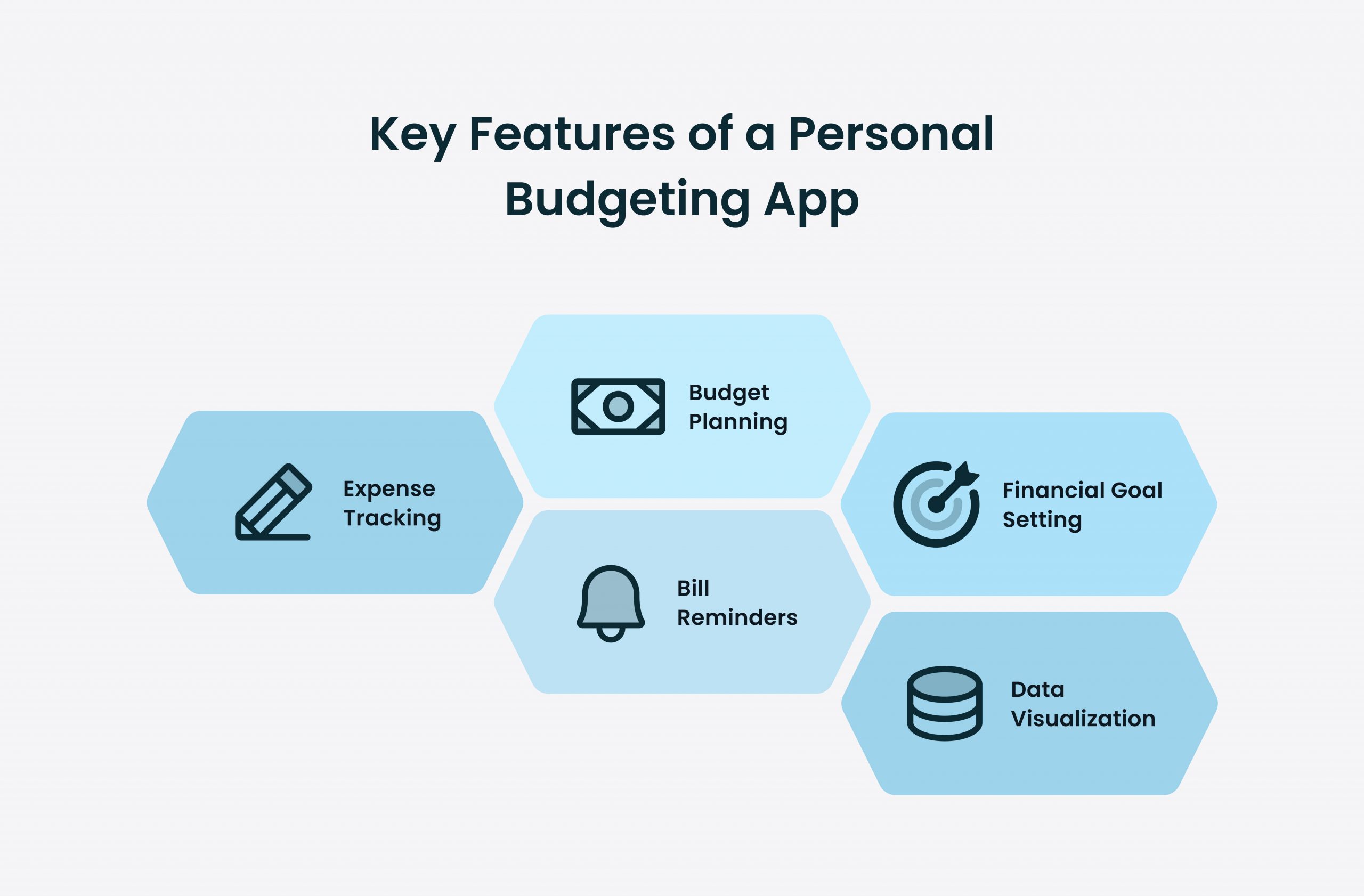
Personal budgeting apps typically offer a range of features that enhance user experience and provide comprehensive financial management. These features include:
- Expense Tracking: Enables users to record and categorize their expenses, allowing them to monitor their spending patterns. By tracking their expenses, users can identify areas where they may be overspending and make necessary adjustments to their budget.
- Budget Planning: Allows users to set budget limits for different categories and tracks their progress accordingly. This feature helps individuals allocate their income effectively and ensures that they do not exceed their spending limits.
- Bill Reminders: Sends notifications to users for upcoming bill payments to avoid late fees. With this feature, users can say goodbye to missed payments and the associated penalties.
- Financial Goal Setting: Enables users to set savings goals, debt reduction targets, or investment milestones. By setting specific financial goals, individuals can stay motivated and work towards achieving their desired financial outcomes.
- Data Visualization: Presents financial data using charts and graphs for better understanding and analysis. Visual representations of financial information make it easier for users to comprehend their financial situation and make informed decisions.
These features, combined with a user-friendly interface, are crucial for an effective personal budgeting app. By providing users with a comprehensive set of tools and features, these apps empower individuals to take control of their finances and make informed financial decisions.
Importance of User Interface and User Experience
A well-designed user interface (UI) and seamless user experience (UX) are integral to the success of a personal budgeting app. Users should be able to navigate through the app effortlessly, access features easily, and understand the information presented.
When it comes to personal finance, simplicity is key. A cluttered and confusing interface can discourage users from engaging with the app and may even lead to frustration. On the other hand, a visually appealing and intuitive interface enhances user engagement and encourages long-term app usage.
Investing in UI/UX design is essential to attract and retain users. By prioritizing user experience, personal budgeting apps can create an environment where individuals feel empowered and motivated to manage their finances effectively.
In conclusion, personal budgeting apps have revolutionized the way individuals manage their finances. With their range of features and user-friendly interfaces, these apps provide users with the tools they need to take control of their money, achieve their financial goals, and ultimately lead a more financially secure life.
Factors Influencing the Cost of App Development
The cost of developing a personal budgeting app depends on several factors. Understanding these factors can help you plan your budget and make informed decisions during the development process.
Developing a successful app requires careful consideration of various aspects, including design complexity, platform selection, and backend development. Let’s delve deeper into these factors to gain a better understanding:
Design Complexity and Customization
The complexity of the app’s design and the level of customization required significantly impact development costs. A more intricate and unique design with customized features and animations will require additional time and resources for implementation. It is essential to strike a balance between design complexity and usability to ensure a smooth user experience.
When it comes to design, attention to detail is crucial. Every element, from the color scheme to the placement of buttons, contributes to the overall user experience. A well-designed app not only attracts users but also enhances their engagement and satisfaction.
Customization plays a vital role in personal budgeting apps. Users often have specific requirements and preferences when it comes to managing their finances. Incorporating customization options, such as personalized categories or tailored budgeting plans, can make your app stand out from the competition.
Platform Selection: iOS, Android, or Both
Choosing the platform(s) for app development – iOS, Android, or both – affects the overall cost. Native app development for each platform involves separate coding and testing processes. Opting for a cross-platform development framework can save costs by allowing simultaneous development for multiple platforms, although it may result in some trade-offs in terms of performance or features.
When deciding on the platform(s), it’s essential to consider your target audience. Analyzing market trends and user demographics can help you determine which platform(s) to prioritize. For example, if your target audience consists mostly of iPhone users, focusing on iOS development might be the best approach.
However, developing for both iOS and Android can widen your app’s reach and potentially increase its user base. It’s a strategic decision that requires careful consideration of your budget and development timeline.
Backend Development and Integration
The backend development of a personal budgeting app involves building the server infrastructure, database management, and integrating third-party APIs for features like payment gateways or data synchronization. The complexity and extent of backend development required will impact development costs accordingly.
Building a robust backend is crucial for a personal budgeting app as it handles critical functions such as data storage, security, and user authentication. Depending on the app’s requirements, the backend may need to handle complex calculations, generate reports, or provide real-time data synchronization across multiple devices.
Integrating third-party APIs can enhance the functionality of your app. For example, integrating a payment gateway API allows users to make transactions directly within the app, providing a seamless experience. However, integrating APIs adds complexity to the development process and may require additional resources.
Additionally, backend development involves ongoing maintenance and updates to ensure the app remains secure and performs optimally. It’s essential to allocate resources for post-launch support and future enhancements.
By considering these factors, you can better estimate the cost of developing a personal budgeting app. Remember, thorough planning and collaboration with experienced developers can help you create an app that meets your budget and exceeds user expectations.
Breakdown of App Development Costs
Developing a personal budgeting app involves various expenses that can be categorized into different phases. By understanding these phases, you can gain a better understanding of the overall costs associated with app development.
Pre-Development Expenses
Prior to the actual development process, there are several crucial steps that need to be taken. Extensive planning and research are essential to define the app’s scope, target audience, features, and budget allocation. This includes conducting a thorough market analysis to identify the demand for such an app and to understand the competition in the market.
Furthermore, creating user personas is an important step in understanding the needs and preferences of your target audience. This will help you tailor the app’s features and design to meet their specific requirements. Wireframing and prototyping are also part of the pre-development phase, allowing you to visualize the app’s layout and functionality before diving into the actual coding process.
Allocating sufficient resources and time for these pre-development activities is crucial to ensure a successful app launch. Neglecting this phase can lead to a lack of direction and a higher chance of failure.
Development Phase Costs
The development phase is where the actual coding and designing take place. This includes creating the user interface (UI) and user experience (UX) elements, as well as developing the frontend and backend of the app. The complexity of the app’s features, the level of customization required, and the number of platforms the app will be available on all influence the development costs.
It is important to note that app development is not a one-time process. Iterative development, where features are added in stages, can help manage costs while ensuring an efficient development process. This approach allows for continuous improvement based on user feedback and market demands, without overwhelming the development team or exceeding the allocated budget.
Post-Development and Maintenance Costs
Once the app is developed and launched, the journey does not end there. Ongoing maintenance is crucial to ensure the app runs smoothly and remains compatible with new operating systems. This includes bug fixes, security updates, and regular feature enhancements to provide an optimal user experience.
Allocating a budget for post-development and maintenance costs is essential to keep the app up-to-date and competitive in the ever-evolving app market. Regular updates and improvements not only attract new users but also help retain existing ones, ensuring the long-term success of the app.
By considering all these factors and allocating the necessary resources and budget to each phase, you can ensure a well-planned and successful app development journey.
Hiring Options for App Development
When it comes to hiring resources for app development, there are two common options: freelancers and app development agencies. Each option has its pros and cons, and the choice depends on your project requirements, budget, and the level of expertise needed.
Freelancers are individual developers who work independently and can be more cost-effective for smaller projects. They offer flexibility, as you can hire them for specific tasks or on a project basis. This can be advantageous if you have a limited budget or need specialized skills for a particular aspect of your app development. Freelancers often have a diverse portfolio, showcasing their past work and expertise in different areas of app development. This allows you to choose someone who aligns with your project’s vision and requirements.
However, freelancers may lack the resources and scalability of app development agencies. While they may be skilled in their respective fields, they might not have access to a wide range of tools, technologies, or a team of professionals to support them. This can lead to potential delays or quality issues if they encounter challenges beyond their expertise. Additionally, freelancers often work on multiple projects simultaneously, which can affect their availability and responsiveness to your project’s needs.
On the other hand, app development agencies have teams of professionals with diverse expertise and can handle complex projects effectively, ensuring a more robust and reliable solution. These agencies often have established processes and workflows in place, allowing for efficient project management and timely delivery. They can provide end-to-end services, from conceptualization and design to development and maintenance. This comprehensive approach ensures that all aspects of your app development are taken care of by a dedicated team.
Choosing between offshore and onshore developers also impacts development costs. Offshore developers may offer lower rates due to differences in labor costs, making them an attractive option for cost-conscious businesses. However, communication and time zone differences can pose challenges when working with offshore developers. It may require careful planning and coordination to ensure effective collaboration and timely feedback. Onshore developers, while relatively more expensive, offer better communication and can provide a closer understanding of local market trends and user preferences. This can be particularly beneficial if your app targets a specific geographic location or requires localized features.
How to Save Money While Developing a Personal Budgeting App
Developing a personal budgeting app doesn’t have to break the bank. By following certain strategies, you can mitigate costs and maximize your return on investment.
Prioritizing Essential Features
Identify the core features that are most crucial for your app’s functionality and prioritize their development. This approach allows you to launch a minimum viable product (MVP) with essential features and gather user feedback for future iterations. It helps reduce development costs initially while giving you the opportunity to add more features based on user demand and market response.
When prioritizing essential features, it’s important to consider the needs and preferences of your target audience. Conduct thorough market research and gather user insights to understand what features are most important to them. By focusing on these key features, you can ensure that your app meets the core needs of your users while keeping development costs in check.
Additionally, consider the scalability of your app. While it’s important to prioritize essential features, it’s also crucial to build a foundation that can accommodate future growth and expansion. By designing your app with scalability in mind, you can save money in the long run by avoiding significant rework and redevelopment as your user base and feature requirements evolve.
Opting for a Minimal Viable Product (MVP)
An MVP is a simplified version of your app that includes only the most basic features. By launching an MVP, you can test the viability of your idea and gauge user interest while saving development costs. This approach also allows you to validate your app’s value proposition before investing heavily in additional features.
When developing an MVP, it’s important to strike a balance between providing enough functionality to attract and engage users, while keeping the development costs low. Focus on the core features that are essential for the basic functionality of your app, and avoid adding unnecessary bells and whistles that can drive up costs without providing significant value to users.
Launching an MVP also gives you the opportunity to gather valuable user feedback early on. By actively seeking user input and incorporating their suggestions into future iterations, you can ensure that your app aligns with user expectations and needs. This iterative approach not only helps you save money by avoiding costly mistakes, but it also increases the chances of building a successful and user-centric app.
Furthermore, when opting for an MVP, consider leveraging existing frameworks, libraries, and open-source solutions that can help expedite the development process and reduce costs. By utilizing pre-built components and tools, you can focus your resources on customizing and enhancing the core functionality of your app, rather than reinventing the wheel.
In conclusion, saving money while developing a personal budgeting app is possible by prioritizing essential features and opting for a minimal viable product. By understanding your target audience, designing for scalability, and actively seeking user feedback, you can create a cost-effective app that meets user needs and maximizes your return on investment.
Conclusion: Is Developing a Personal Budgeting App Worth the Cost?
In conclusion, developing a personal budgeting app can be a worthwhile investment in today’s digital age. It empowers individuals to take control of their finances and make informed decisions. However, it is vital to plan your budget carefully, considering factors such as design complexity, platform selection, and ongoing maintenance costs. We at WeSoftYou have expertise in software development and can assist you in creating a personalized budgeting app tailored to your unique requirements.
FAQ
The development timeline depends on the complexity of the app, features, and platforms selected. On average, it can take anywhere between three to six months.
During the development process, various stages need to be completed. These stages include planning, design, development, testing, and deployment. Each stage requires careful attention to detail and collaboration between designers, developers, and quality assurance teams.
Planning involves gathering requirements, creating wireframes, and defining the overall structure of the app. Designers then work on creating visually appealing user interfaces that are intuitive and easy to navigate. Developers bring these designs to life by writing code and implementing the necessary functionalities.
Once the development phase is complete, rigorous testing is conducted to identify and fix any bugs or issues. This ensures that the app functions smoothly and provides a seamless user experience. Finally, the app is deployed to the desired platforms, such as iOS and Android, making it available for users to download and use.
The cost of maintaining a personal budgeting app varies based on factors such as bug fixes, updates, and feature enhancements. On average, the maintenance costs can range from 15% to 20% of the total development cost annually.
Maintenance is an essential aspect of app development as it ensures that the app remains up-to-date and functional. Regular updates are necessary to address any security vulnerabilities, improve performance, and introduce new features based on user feedback.
In addition to bug fixes and updates, maintaining a personal budgeting app also involves monitoring server infrastructure, managing user data securely, and providing technical support to users. These ongoing efforts contribute to the overall cost of maintenance.
You can start by conducting market research, defining your target audience, and establishing a clear set of features and functionalities you want in your app. From there, finding a reliable development partner like WeSoftYou can help bring your vision to life.
Market research is crucial to understand the existing competition and identify unique selling points for your app. This research helps you determine the target audience and tailor the app’s features to their needs and preferences.
Once you have a clear idea of what you want to achieve with your personal budgeting app, it’s time to find a development partner. WeSoftYou is a trusted software development company with expertise in building mobile applications. Their team of experienced developers can guide you through the entire development process, from ideation to deployment.
Working with a development partner like WeSoftYou ensures that your app is built using the latest technologies and industry best practices. They can provide valuable insights and suggestions to enhance your app’s functionality and user experience.
For a free consultation or project estimation regarding your personal budgeting app development, contact us at WeSoftYou!

